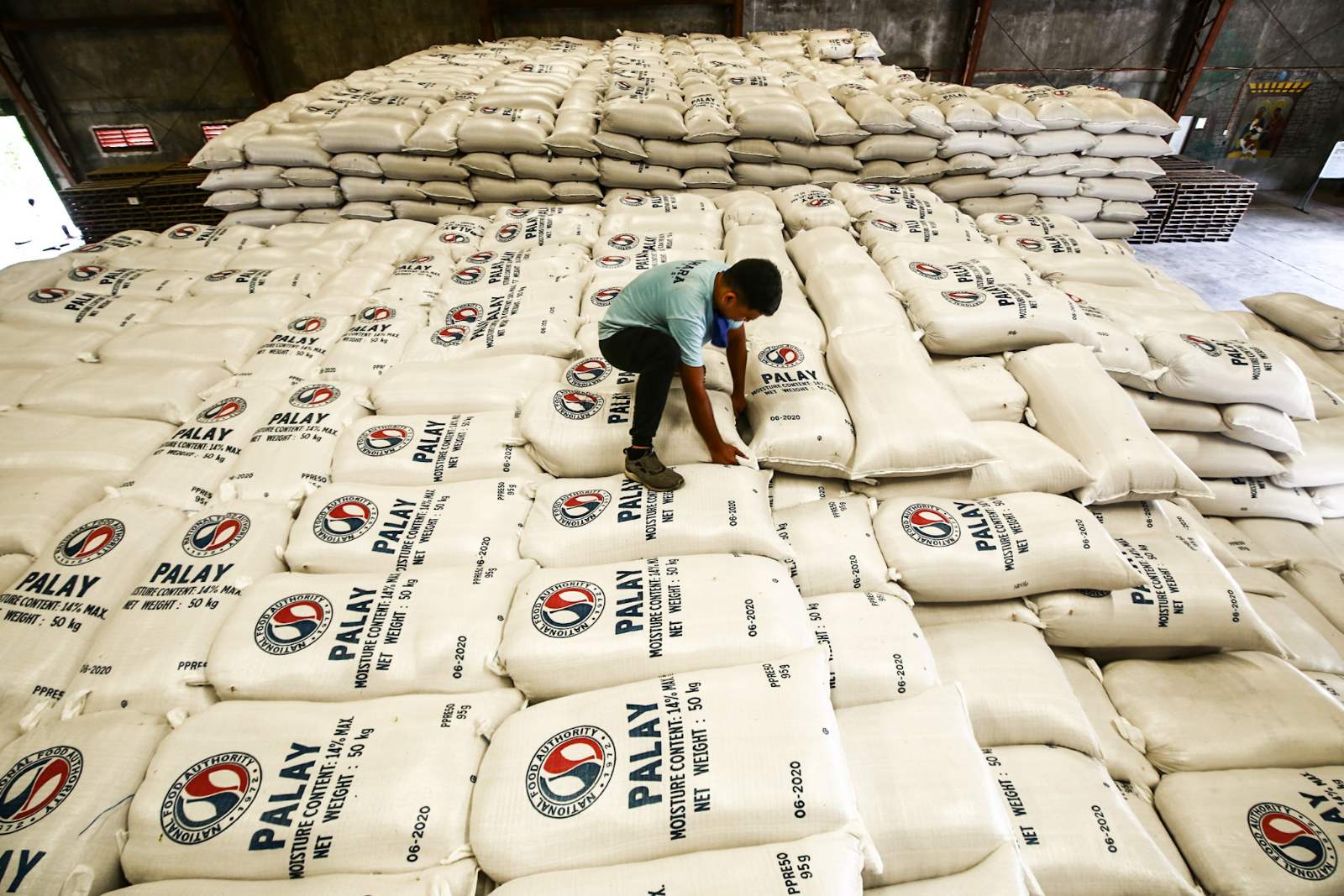
By Anna Leah Gonzales | Philippine News Agency
The country’s headline inflation further eased to 1.9% in September this year, the lowest recorded since the 1.6% in May 2020.
Headline inflation was at 3.3% in August and 6.1% in September last year.
In a briefing on Friday, National Statistician Dennis Mapa said the latest data brought the year-to-date inflation to 3.4%, which is well within the government’s 2%-4% target.
Mapa said the downtrend in the overall inflation was due to the slower annual increase in food and non-alcoholic beverages at 1.4% from 3.9% in August.
Food inflation, in particular, eased to 1.4% in September from 4.2% the previous month.
Mapa said the deceleration in food inflation in turn was due to the slower inflation rate of rice at 5.7% from 14.7% in August.
Most notably, the inflation rate for rice in the Philippines recorded a sharp decline to 5.7% in September from 14.7% in August, the lowest for the Filipino food staple since the 4.2% rice inflation in July 2023.
Other contributors to the lower food inflation included the faster decline in the inflation of vegetables, tubers, cooking bananas, and pulses.
Lower inflation rates were also reported for corn, flour, bread, and other bakery products, meat and other parts of slaughtered land animals, and ready-made food and other food products.
In a separate statement, the National Economic and Development Authority (NEDA) assured the public that the government remains committed to stabilizing commodity prices.
“The continued slowdown in inflation is expected to boost consumer confidence, driving higher spending and consumption and fueling business expansion,” said NEDA Secretary Arsenio Balisacan.
“Additionally, easing food prices will relieve low-income households, enabling them to allocate more to other essential needs such as education and health. We will sustain the momentum as we assure the public that we will continue to pursue and carry out strategies to maintain stable prices of food and other commodities,” he added.
Balisacan said the Executive Order issued by President Ferdinand R. Marcos Jr., which reduced the rice tariffs to 15%, helped bring down rice prices.
“While we expect lower tariffs to reduce rice prices, we should continuously support local production through increased agricultural funding to complement this short-term measure,” Balisacan said.
The NEDA chief assured the public that the government is ready to address other inflationary pressures affecting food, such as the continuing prevalence of African swine fever (ASF), through the delivery of vaccines.
Following the successful rollout of the ASF vaccine in Lobo, Batangas, Balisacan said the Department of Agriculture is set to expand vaccination efforts to La Union, Quezon, Mindoro, North Cotabato, Sultan Kudarat, and Cebu.
Balisacan said the signing of the Anti-Agricultural Economic Sabotage Act, which aims to eradicate hoarding, anti-competitive practices, and other illegal activities, will also ensure access to affordable food.
“With the passage of this law, we protect our farmers and, at the same time, ensure that every Filipino has access to affordable food, which is vital in protecting the most vulnerable members of society while we work toward achieving inclusive economic progress,” Balisacan said.
He added that the government is bracing for the impact of the La Niña weather phenomenon, which, according to PAGASA, started in September and is expected to persist until the first quarter of 2025.
Balisacan noted that the government’s strategies against La Niña include improvements in early warning systems, utilization of communication systems to issue warnings upon dam openings, addressing the possible spread of diseases to livestock or people, and greater involvement of local government units in information dissemination.
“We want Filipinos, particularly vulnerable families, to be shielded from various shocks and continue to have access to affordable goods in the coming months as we protect the gains we have made and sustain our economic progress,” said Balisacan.
‘Plenty of room’
House Ways and Means Committee chair and Albay Rep. Joey Salceda said the low September inflation figures give the Marcos administration “plenty of room” to pursue more ambitious spending programs in economic and social services.
“It also gives the Bangko Sentral ng Pilipinas much room for maneuver when the U.S. (United States) Fed[eral reserve] and other central banks inevitably adjust their interest rate levels,” Salceda said in a statement.
He said the low food inflation was due to “massive disinflation” in fruits and vegetables and a slight reduction in prices for fish.
He added that the inflation rate for sugar, which had consistently hovered in the mid-20s in recent months, turned negative, indicating that prices may be normalizing.
Salceda, however, cautioned against complacency, particularly with regard to rice inflation.
“We must remain vigilant about rice inflation, which the poor tend to be most sensitive to,” he said.
He hoped that the October harvest season would further lower the rate.
Salceda also flagged corn prices, with a 6.9% inflation rate, as a key concern due to its importance as an input for meat, poultry, and fish prices.
He said the House of Representatives created a five-committee panel to tackle food security and food prices. These are the Committees on Ways and Means (principal panel), Trade and Industry, Food and Agriculture, Social Services, and Special Committee on Food Security.
He said the quint-committee will focus on four goals: achieving a retail price of P20 per kilogram of rice; boosting annual gross value-added growth in agriculture to at least 2%; reducing agricultural production losses from as much as 30% to 15%; and bringing livestock and poultry prices to regionally competitive levels. (with a report from Filane Cervantes/PNA)
